
When Google rolled out its Mobile-Friendly Algorithm the results were initially underwhelming. Despite weeks of frightening articles about the so-called “Mobilepocalypse” or “Mobilegeddon”, the search results listings were largely the same in the immediate wake of the algorithm launch. However, a new study from Moovweb shows brands without mobile-friendly sites are starting to feel the pain.
The new study, which tracked clear visibility and ranking, shows consequences are beginning to affect sites who have yet to make their site easily usable for mobile searchers.
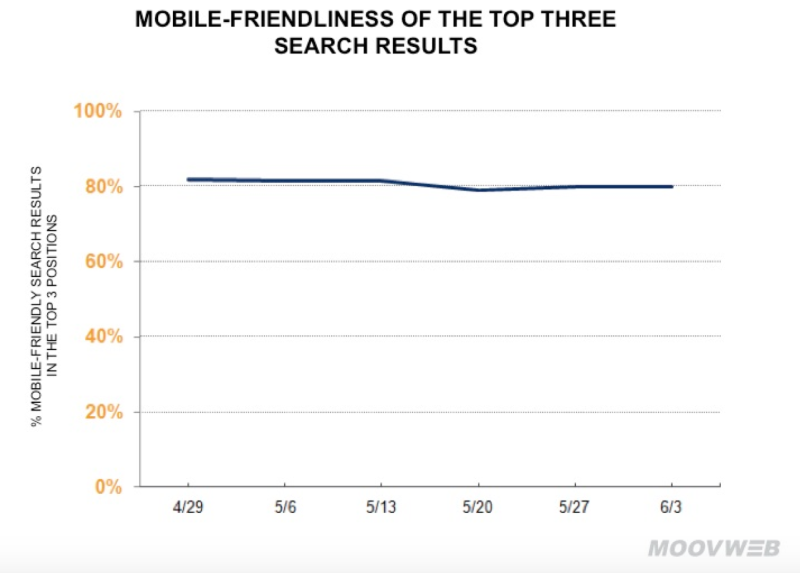
Moovweb has been tracking “1,000 important e-commerce keywords in a range of industries” ever since the rollout of the Mobile-Friendly Algorithm on April 21 to see how the new algorithm is impacting mobile rankings on Google.
According to the study, top listings for search keywords were mobile-friendly 83 percent of the time, and 81 percent of the time the top three listings were. A review of the full page results showed 77 percent of page one results on Google mobile SERPs were mobile-friendly.
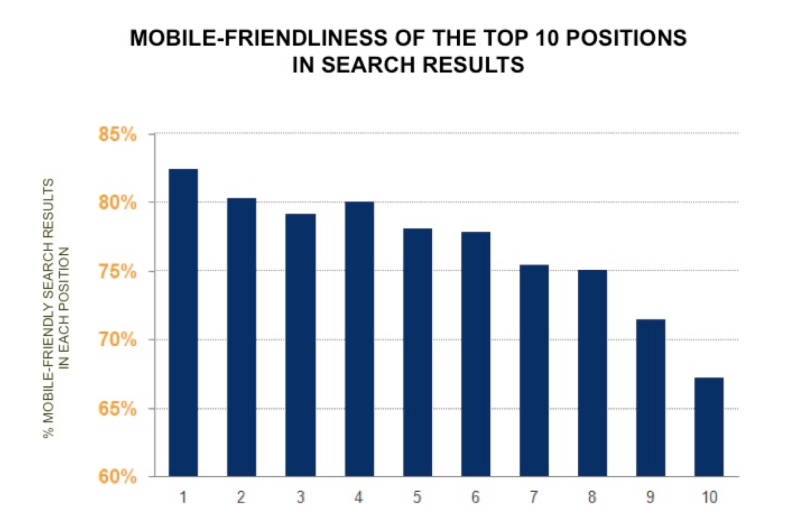
The chart above shows the percentage of mobile-friendly sites in each of the top 10 positions across all keywords tested.
The company says mobile-friendliness in search results varied by vertical, with some industries being distinctly more mobile-friendly than others. Out of seven categories studied, retail had the most mobile-friendly results and transportation showed the lowest percentage of mobile-friendly results.
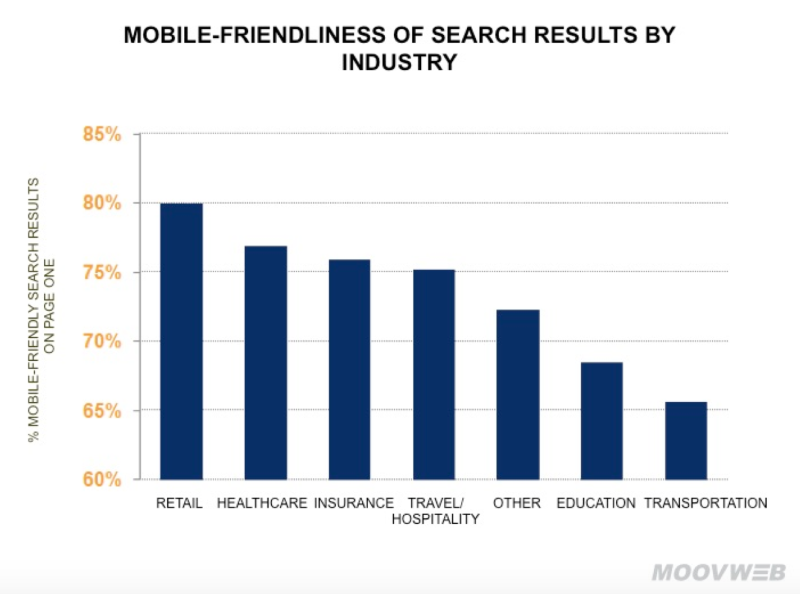
It may have taken months, but the impact of Mobilegeddon is starting to become more obvious, but there is good news if you are starting to feel the pain. Google’s Mobile-Friendly Algorithm runs in real time, so you can make your site mobile-ready any time and expect to see fast results on mobile SERPs.





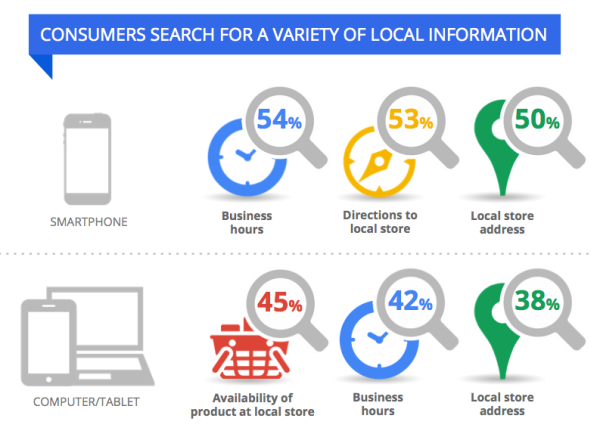
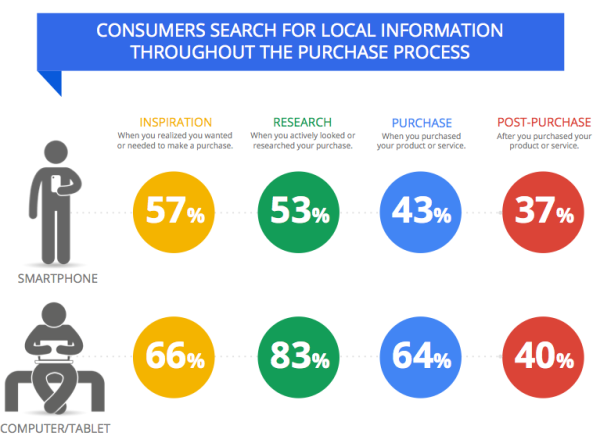
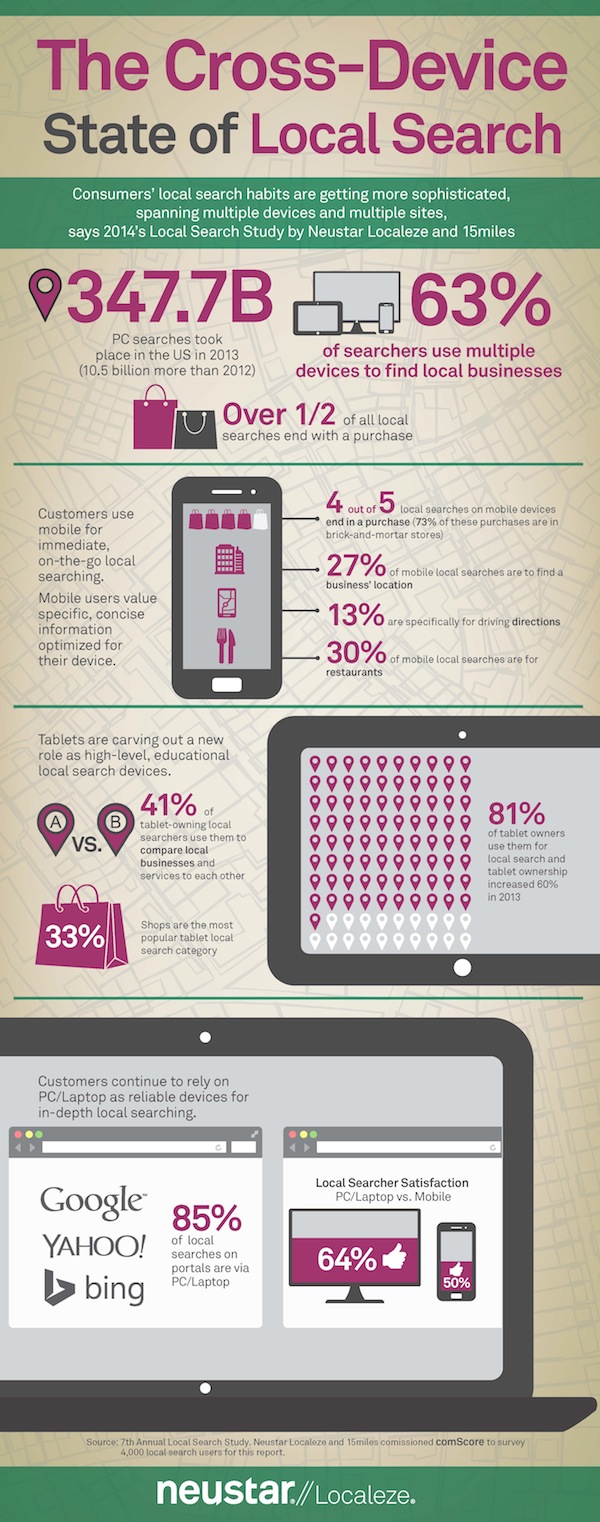
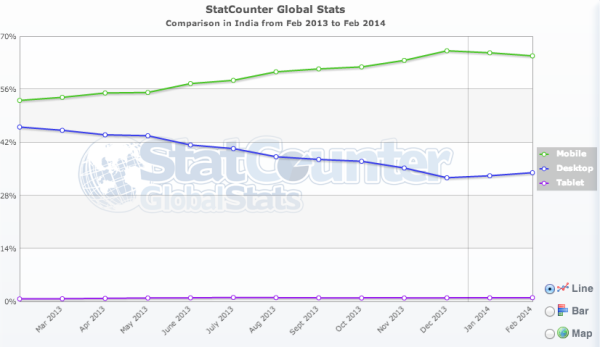
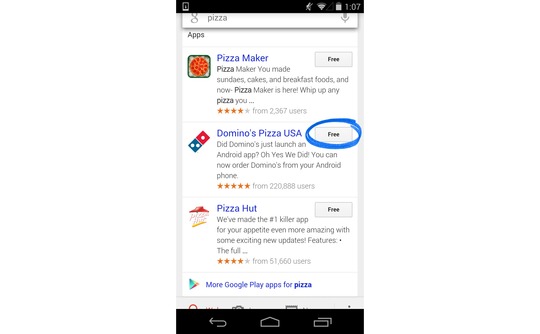
 Have you noticed a difference using Google on your smartphone this past week? Last week Ilya Grigorik, a Google developer advocate,
Have you noticed a difference using Google on your smartphone this past week? Last week Ilya Grigorik, a Google developer advocate, 

